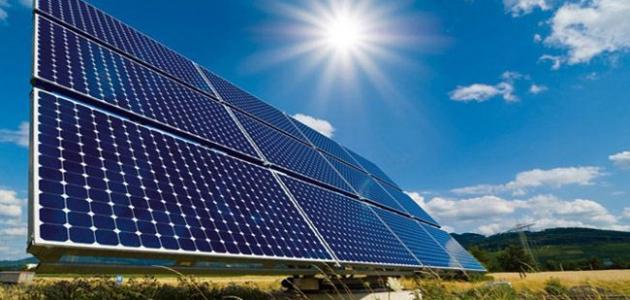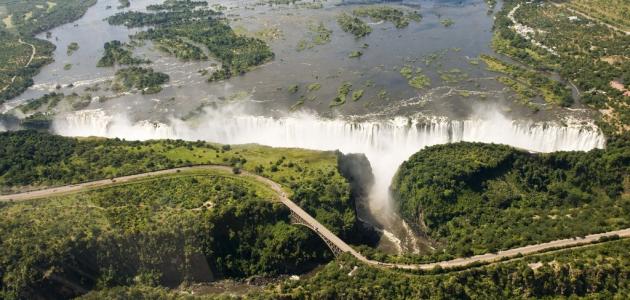Thermal energy
Thermal energy is the internal energy present in a particular system in a state of thermodynamic equilibrium. In general, thermal energy cannot be converted into useful work easily when energy is consumed in systems in which there is no thermodynamic equilibrium. For example, a flowing liquid or solid has energy that can be converted To work in some mechanical devices such as a windmill or a water turbine, but the same liquid or solid cannot do any work when it is in a state of thermodynamic equilibrium, that is, each must be combined with another substance at a different temperature, as is the case in a heat engine .
Heat engines
Gasoline and diesel engines, steam turbines, and gas turbines are examples of heat engines. All heat engines work on a cyclic principle in which thermal energy is extracted from certain sources, then a portion of the energy is converted into useful work, and the remaining energy is used for something else.
Thermal expansion and tension
All substances, whether solid, liquid or gaseous, expand when heated, and contract when cooled. In general, this idea is used in many works, such as when a person opens a sealed glass bottle with a metal lid by raising the temperature of the lid, that is, placing the lid under water. The hot tap aims to expand the lid opening, then open it easily.
Read also:Solar energy and how to benefit from itThe relationship between thermal energy and Kelvin
The sum of the random kinetic energies of the molecules is called thermal energy, as the molecules in matter move randomly, and the molecule that has average kinetic energy depends on the Kelvin temperature scale, and the average kinetic energy is proportional to the Kelvin temperature, and more clearly, thermal energy is directly proportional With temperature Kelvin.
Read also:Research on environmental science








